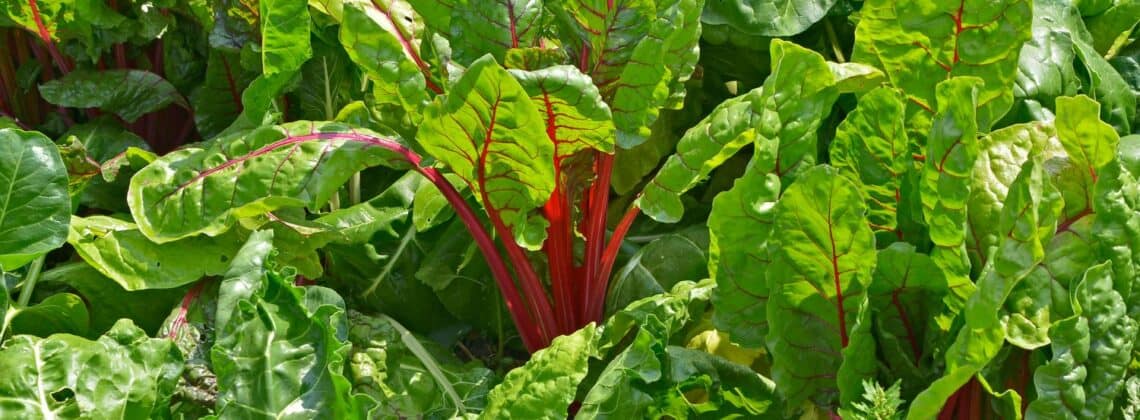
Grow Swiss chard in your garden and enjoy fresh greens throughout the summer.
Swiss chard is a versatile and nutritious vegetable that can be grown easily in a home garden. With its colorful stems and large, tender leaves, Swiss chard is a delicious and beautiful addition to any garden. This versatile plant can be used in a variety of dishes, including salads, soups, and stir-fries.
Here are some tips on how to grow Swiss chard, along with descriptions of some popular varieties.
Grow Swiss Chard: Introduction
Swiss chard can be grown in most regions and is best planted in the spring or fall. It prefers well-drained soil that is rich in organic matter. Swiss chard can be grown in full sun or partial shade, but it does best with at least six hours of sunlight per day.
To plant Swiss chard, sow seeds directly into the soil, about ½ inch deep and 2-3 inches apart. Cover the seeds with soil and water gently. Swiss chard seeds usually germinate within 7-14 days, depending on the temperature and soil conditions. Once the plants have grown to about 2 inches tall, thin them to about 6 inches apart.
Swiss chard requires regular watering to ensure that the soil remains moist. Mulching around the plants can help to retain moisture and suppress weeds. Swiss chard is a heavy feeder and will benefit from regular applications of fertilizer throughout the growing season.
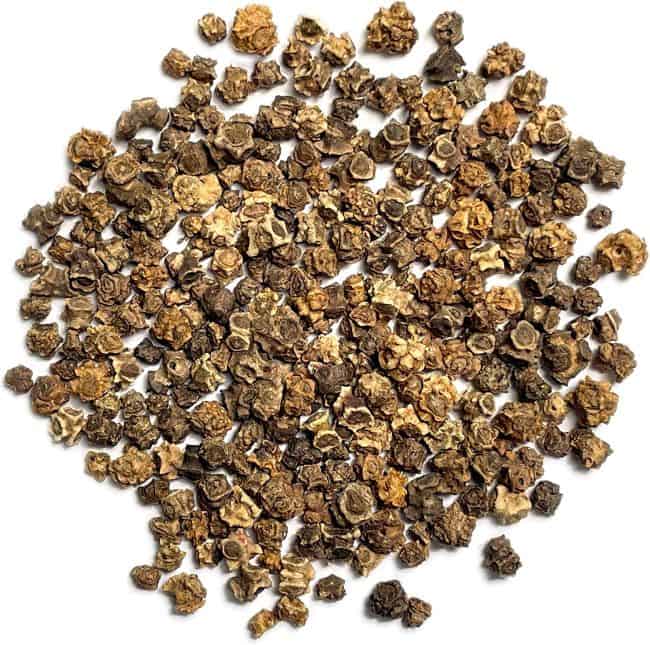
Does Swiss Chard Bolt in Summer?
For the most part, Swiss chard is one of the few leafy green vegetables that does not bolt in hot weather. Unlike lettuce and other salad greens, when you grow Swiss chard it stands up to summer temperatures without bolting. (“Bolting” means going to seed, which makes leaves taste bitter.)
However, ruby red and rhubarb varieties of Swiss chard are more likely to bolt. This is especially true if the seeds or plants were planted too early in the garden and exposed to frost. Swiss chard should be planted two weeks after the last frost date to ensure the plant’s hardiness.
Harvesting Swiss Chard
Swiss chard is a cut-and-come-again vegetable. That means you can harvest leaves as needed and the plant will continue to produce new growth. Harvest leaves when they are young and tender, usually within 60 days of planting.
To harvest Swiss chard, use a sharp knife or scissors to cut the leaves at the base of the stem. Avoid cutting the central bud, as this will allow the plant to continue producing new growth. Swiss chard leaves can be used fresh in salads or cooked in a variety of dishes.
How to Grow Swiss Chard: Popular Varieties
Swiss chard comes in a variety of colors, including green, red, yellow, and white. The stems can be thick or thin, and the leaves can be flat or crinkled. Here are some popular varieties of Swiss chard to consider growing in your garden:
Rainbow Chard
Rainbow chard is a colorful variety of Swiss chard that features brightly colored stems in shades of red, yellow, and orange. The leaves are dark green and slightly crinkled. Rainbow chard has a mild flavor and can be used in salads or cooked dishes. Buy Rainbow Chard Seeds.
Bright Lights Swiss Chard
Bright Lights Chard is another colorful variety of Swiss chard that features stems in shades of pink, orange, yellow, and red. The leaves are large and tender, with a slightly sweet flavor. Bright Lights chard is a popular variety for both its taste and its ornamental value.
Fordhook Giant Chard
Fordhook Giant chard is a popular variety of Swiss chard that features large, flat leaves and thick, white stems. This variety is particularly hardy and can tolerate heat and cold better than other varieties. The leaves have a slightly bitter taste and are best cooked.
Rhubarb Red Swiss Chard
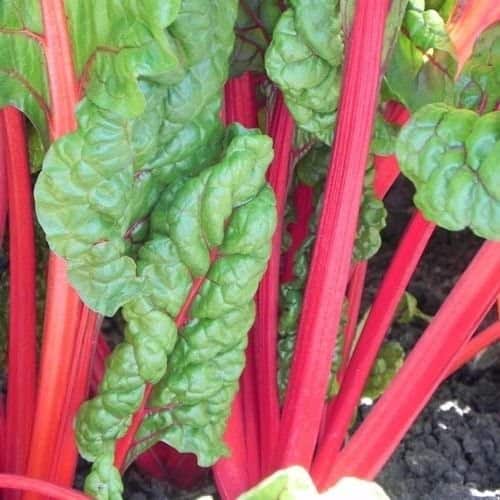
Rhubarb Red chard is a variety of Swiss chard that features red stems and large, crinkled leaves. The stems have a slightly tart flavor that is reminiscent of rhubarb, hence the name. Rhubarb chard is a flavorful and attractive addition to salads and cooked dishes.
Verde da Taglio Chard
Verde da Taglio chard is an Italian heirloom variety of Swiss chard that is particularly suited to being grown for baby leaves. The leaves are small and tender, with a mild flavor that is perfect for salads. This variety can be harvested in as little as 30 days from planting.
Common Growing Problems
Swiss chard is a relatively low-maintenance plant, but it can be susceptible to a few common problems. Here are some issues to watch out for:
- Leafminers: Leafminers are small insects that can burrow into Swiss chard leaves, causing unsightly tunnels. To prevent leafminers, cover your plants with row covers or use sticky traps to catch the insects.
- Slugs: Slugs can be a problem in damp conditions, and they can eat holes in Swiss chard leaves. To prevent slugs, try using copper tape or diatomaceous earth around the base of your plants.
- Powdery mildew: Powdery mildew is a fungal disease that can cause a white, powdery coating on Swiss chard leaves. To prevent powdery mildew, make sure your plants have good air circulation and avoid watering them from above.
In conclusion, Swiss chard is a nutritious and easy-to-grow vegetable that can be a great addition to your garden. By choosing a good planting location, caring for your plants properly, and harvesting the leaves regularly, you can enjoy fresh Swiss chard throughout the growing season.
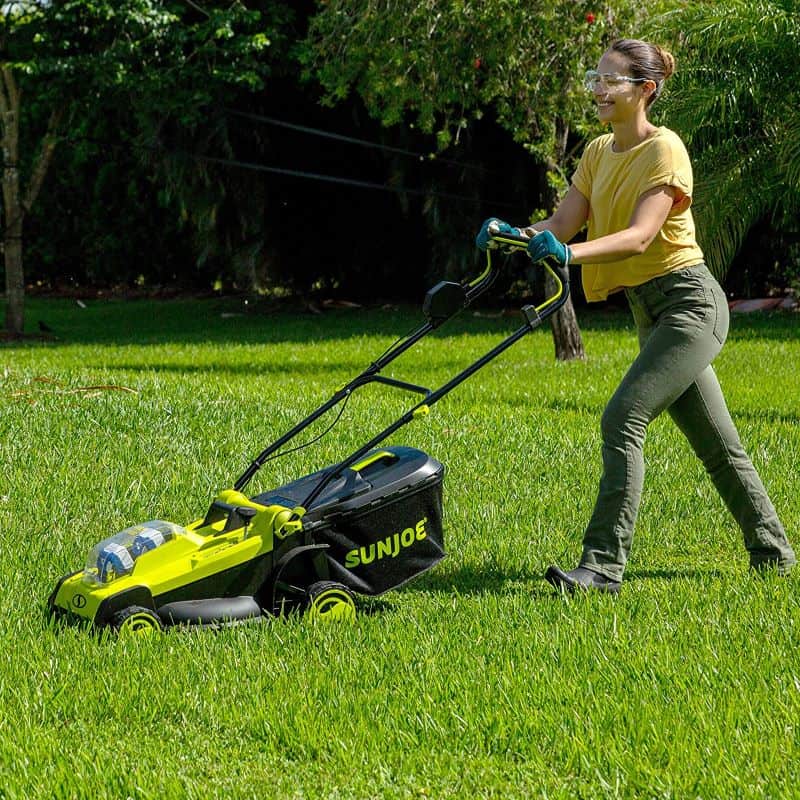


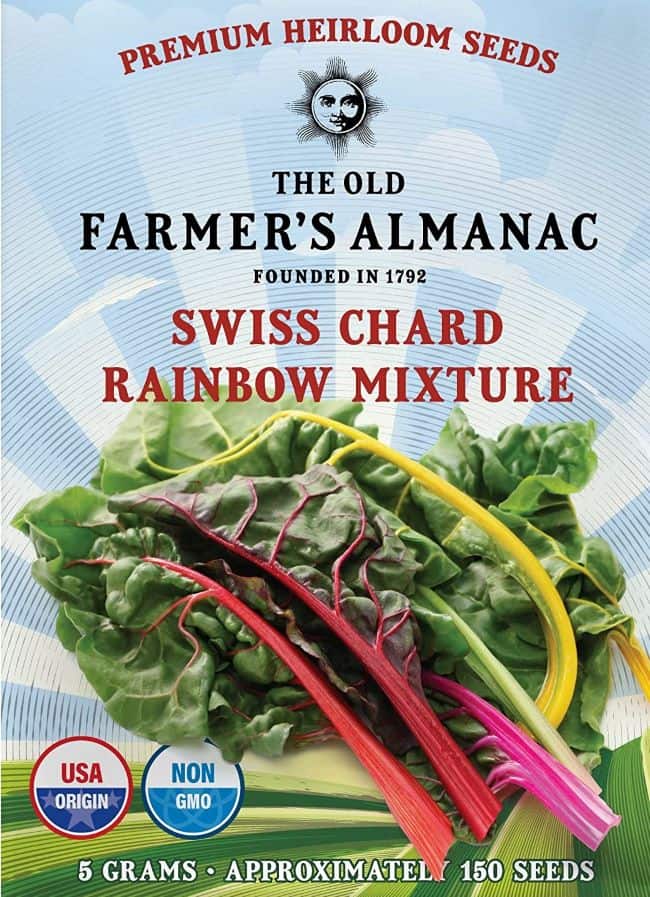
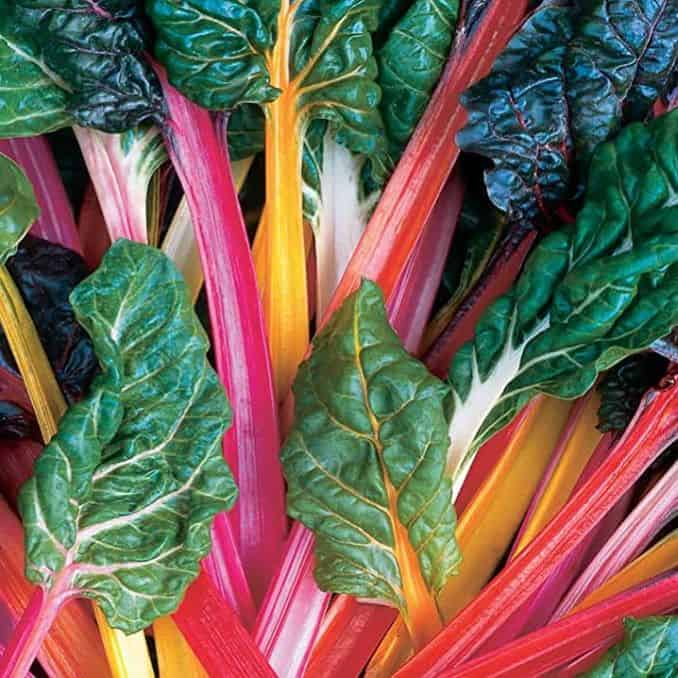
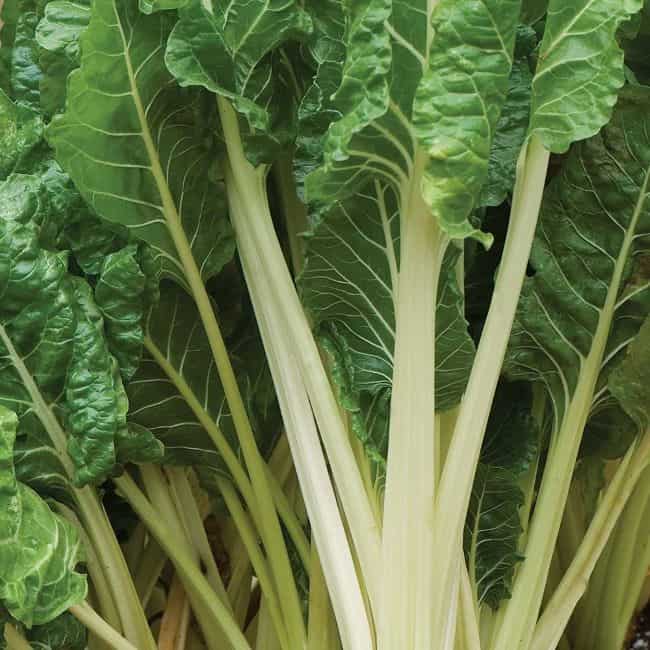


Leave a Reply